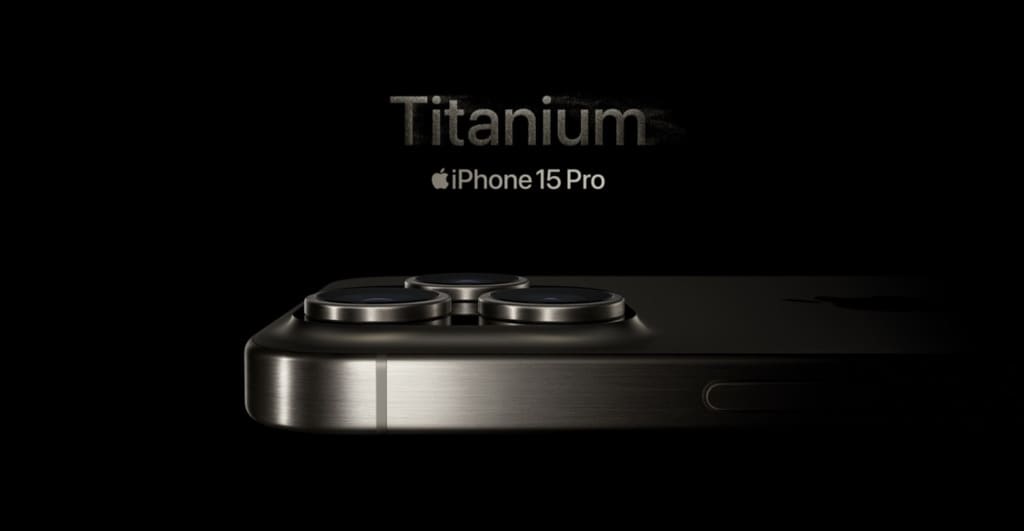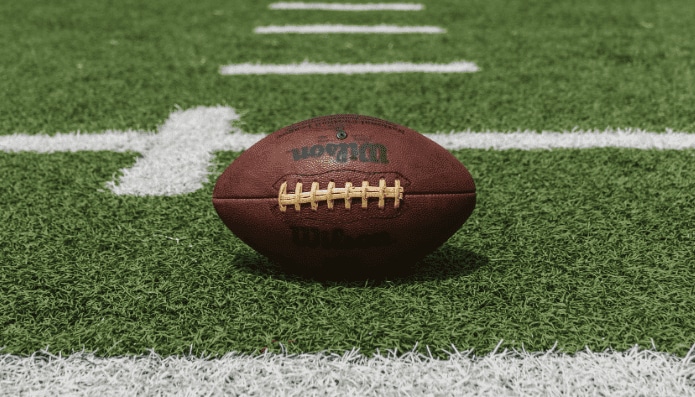Streaming content is simple and convenient, but if you stream a lot, it might be worth taking a closer look at how it affects your data plan.
For example, how much data does it take to stream a movie? Do you know how much data you need for your streaming habits? Having too much — or too little — data can result in extra costs, so it’s important to understand your data usage to find a plan that’s right for you. Additionally, a better understanding of streaming can help lower the amount of data you use.
How much data do you use?
Higher-quality content requires more data. For instance, video streaming services (like Netflix) typically require about 1 Gb for every hour of standard-definition (SD) video, and 3 Gb for every hour of high-definition (HD) content on any device you’re streaming to.
Streaming audio uses less data per hour, but the quality standards aren’t as clearly defined as SD and HD video. In audio, the “bitrate” of the music is what determines the data requirement. Your best bet is to say that “standard-quality” music is typically encoded at 64 KB/s, and “high-quality” starts at 320 KB/s — that works out to a little over 1 Gb per hour for high-quality audio, and about 250 MB per hour for standard quality.
| Device/Activity | Standard Definition (SD) | High Definition (HD) |
| Video Streaming | 1Gb/Hour | 3 Gb/Hour |
| Music Streaming | 250 MB/Hour | 1 Gb/Hour |
| Gaming | Highly variable | Highly variable |
As noted in the chart above, gaming resolution is hard to ballpark because it depends on many factors. The data requirements of games can vary from to zero to around 300 MB/hour, but image quality (SD/HD) and sound quality (bitrate) aren’t the determining factors — interactivity is.
Essentially, some games require a lot of data transmission to function correctly, while others store everything they need to run on your device when they are installed, requiring no data at all. When estimating the data needs of a game, think about factors that require the transmission of data: multiplayer functions, GPS data (such as Pokémon GO), or rich graphics (combined with the above) can quickly eat up your data. Basically, the more the game communicates with the outside world, the more data it will use.
A graphics-rich shooter with multiplayer mode, for instance, continuously sends information about your character to other players (and vice versa) and loads graphic elements in real time to all users, so the data usage for such a game is pretty high. On the other hand, a paid (and hence, ad-free) puzzle game may load everything onto your device at the time of download and require no data at all to function.
While data usage is a personal statistic that depends on your habits, interests, and taste, the information above should give you an idea of your typical data consumption. Analyze your usage habits and you can figure out roughly how much data you’re using to stream content each month.
How to minimize streaming data consumption
You’ve done the math on how much data you use to stream and realized it’s way more than you thought — so now what? These options can help cushion your monthly bill:
- Connect to a WiFi network. Any data transferred over WiFi doesn’t count against your plan’s data allowance, so connect to your home network, work network (if they allow streaming), or any other network whenever possible.
- Check your quality settings and usage environment. The screens on most phones aren’t large enough to tell the difference between SD and HD, and you can cut your data consumption considerably by turning the default resolution down. Double check that the streaming video apps on your phone default to standard definition. The same goes for streaming audio – if you’re listening with standard-issue earbuds (like the ones that came with the phone), 320 Kbps might not sound much different than 128 Kbps, and reducing your stream’s bitrate will help limit your data usage.
- Understand how your devices relate. If you use your phone as a hotspot or stream movies from your phone to TV, the default video settings of your app may not apply. For example, if the YouTube app on your phone defaults to SD but you’re sending that video to a larger screen, it may get broadcast in HD anyway (and you may want it to, since the bigger screen will need a higher-quality picture to look good). Be sure that you’re comfortable with the resolution you’ve selected, both in terms of data usage and appearance.
Data plans
If you’re a real streaming junkie, reducing the amount you stream or the quality of the stream itself may not be appealing prospects. In that case, shop around for unlimited data cell phone plans, or consider paying for an unlimited mobile hotspot that you can use to assist your phone’s data services. That way, you can stream to your heart’s content without paying unexpected fees.
Streaming content is easy and convenient, but it can eat into your data plan if you aren’t aware of how much you’re using. Use these tips to find a data plan that works for you, so you never need to worry about overages when streaming.




